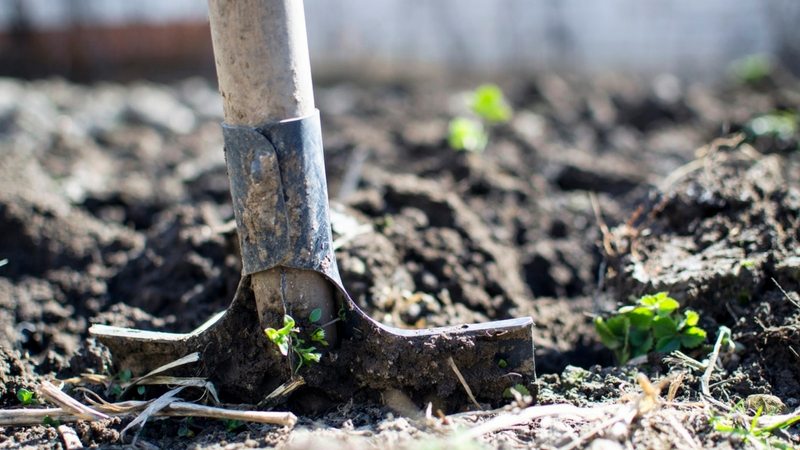Planning Your Garden
Episode #4 of the course Small-scale gardening by Alice Morgan
Good morning! Yesterday, we discussed how to build up your soil for strong, healthy plants, so today, we’ll talk about how to decide what plants you want to go in your soil.
Before we dive into all the options available to you, I want you to take a minute and be sure that you know what your goals are for your first garden. You don’t have to tie yourself down to any one idea just yet, but it will help you during the garden planning process to have an idea of what you want. With goals in mind, let’s look at a factor that will affect your plant choices.
Hardiness Zones
Wherever you live, the location of your home falls into a mapped hardiness zone. These zones are determined by temperature fluctuations throughout the seasons, particularly the dates of the first and last frost. You want to choose plants listed for your hardiness zone. Keeping zones in mind, here are a few selections that are easy for new gardeners to grow. Feel free to do your own research on other plants and add them into your plans.
Vegetables:
• Lettuce
Season: fall and spring crop, regrows if trimmed
Soil: moist and well drained
Varieties: Bibb, Romaine, and Arugula
• Cucumbers (summer vegetable that produces all season long in fertile soil)
Season: summer, produces all summer
Soil: fertile
Varieties: Armenian and English
• Broccoli
Season: fall, produces all season if trimmed
Soil: fertile
Varieties: Sprouting, Raab, and Chinese
• Tomatoes
Season: summer
Soil: fertile
Varieties: Cherry, Roma, Beef
• Squash
Season: summer
Soil: well drained, fertile
Varieties: Patty Pan, Summer, Zucchini
Herbs:
• Basil
Season: summer
Soil: poor
Varieties: Italian, Thai
• Thyme
Season: perennial
Soil: well drained, fertile
Varieties: French, Lemon, Carraway
• Rosemary
Season: perennial
Soil: well drained
• Mint
Season: perennial
Soil: poor
Varieties: Lemon, Peppermint, Spearmint
• Borage
Season: Summer
Soil: any
Flowers:
• Zinnias
Season: summer
Soil: any
• Geranium
Season: perennial (blooms in summer)
Soil: any, well drained
• Alyssum
Season: summer
Soil: any, well drained
• Sunflowers
Season: summer
Soil: any
• Marigolds
Season: summer and fall
Soil: fertile, well drained
Fruits:
• Strawberries
Season: perennial (fruits in summer)
Soil: rich, well drained
• Blueberries
Season: perennial (fruits in summer)
Soil: rich, well drained
Developing a Garden Map
Once you’ve chosen your plants, it’s time to figure out where you want to plant them in the garden. A garden map helps you keep track of where each plant is located. You can also make additional notes, such as planting date and whether or not the plant did well. If you keep good notes, you’ll have the ability to look back on past gardens while planning future gardens.
Planning out your garden is one of the most exciting parts of gardening. I encourage you to take your time and do as much research as you can on whatever plant takes your fancy. Tomorrow, we’ll move on to planting and maintenance of your garden.
Recommended book
Plants You Can’t Kill: 101 Easy-to-Grow Species for Beginning Gardeners by Stacy Tornio
Share with friends

